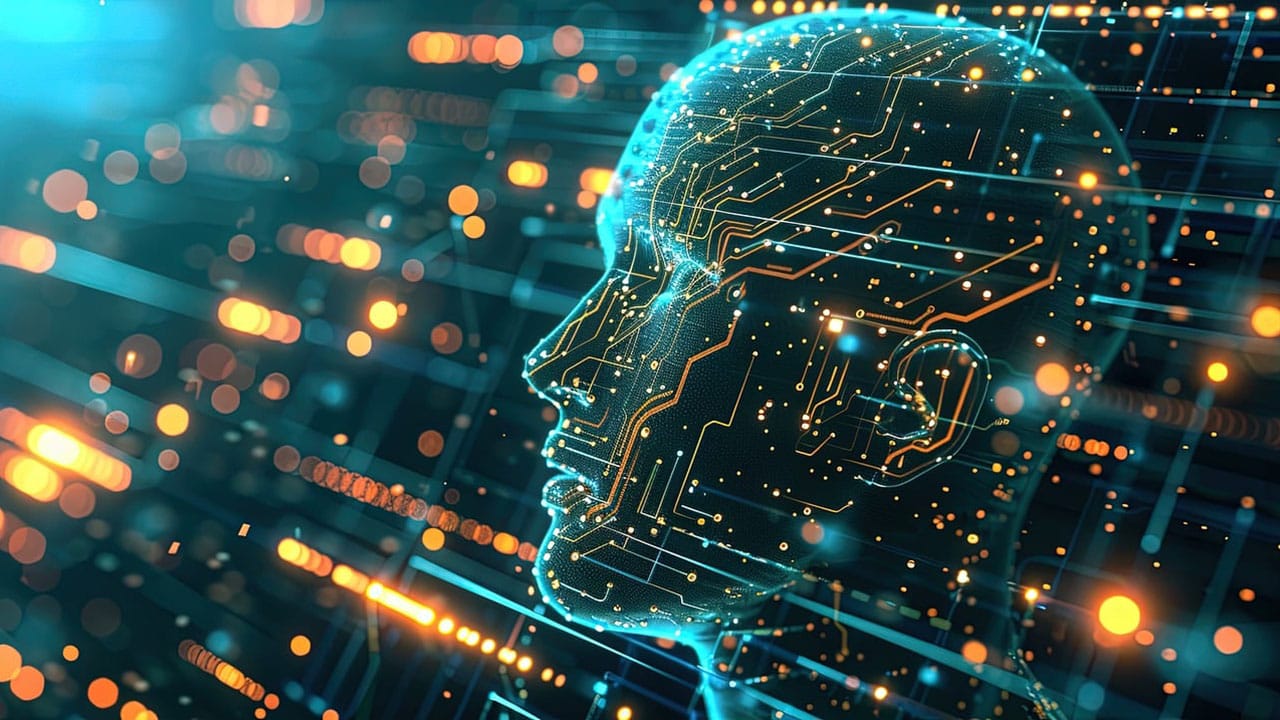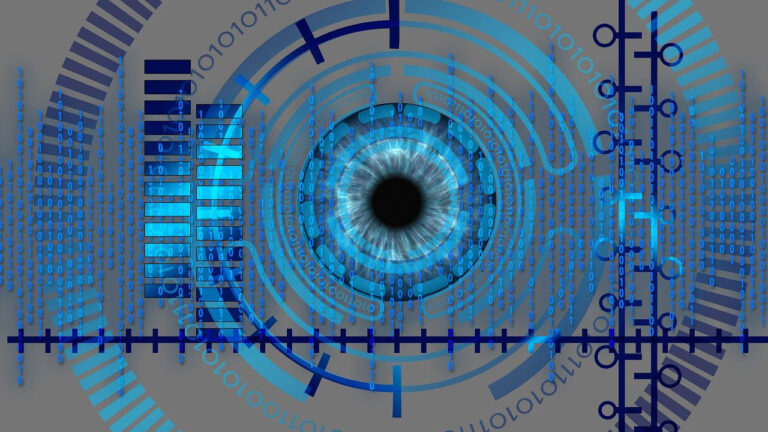Understanding Neural Networks: A Comprehensive Guide

Neural networks have become a cornerstone of modern artificial intelligence, enabling machines to learn from data and make decisions. From self-driving cars to voice assistants, neural networks are driving innovation across various industries.
What are Neural Networks?
Neural networks are computational models inspired by the human brain’s structure and functioning. They consist of interconnected nodes, called neurons, which work together to process and analyze data. These networks learn by adjusting the weights of the connections between neurons based on the input they receive and the output they produce.
The Structure of Neural Networks
Neural networks are composed of layers: the input layer, hidden layers, and the output layer. Each layer consists of multiple neurons. The input layer receives the initial data, which is then passed through the hidden layers.
These hidden layers are responsible for transforming the input data into a format that the output layer can use to produce the final result.
Types of Neural Networks
There are several types of neural networks, each with its unique architecture and use cases:
- Feedforward Neural Networks: These are the simplest type of neural networks, where the data flows in one direction, from the input layer to the output layer. They are commonly used for basic classification tasks.
- Convolutional Neural Networks (CNNs): CNNs are specifically designed for image processing and recognition tasks. They use convolutional layers to detect patterns and features in images, making them ideal for tasks such as facial recognition and object detection.
- Recurrent Neural Networks (RNNs): RNNs are designed to handle sequential data, such as time series or natural language processing. They have connections that loop back, allowing them to maintain memory of previous inputs, which is crucial for tasks like language translation and speech recognition.
- Generative Adversarial Networks (GANs): GANs consist of two networks, a generator and a discriminator, that work together to create new, synthetic instances of data. They have been used to generate realistic images, music, and text.
How Neural Networks Learn
The learning process of neural networks is akin to how humans learn from experience. It involves several key concepts:
Training and Backpropagation
Neural networks are trained using a dataset, which is divided into input-output pairs. During training, the network makes predictions based on the input data, and these predictions are compared to the actual output. The difference between the predicted and actual output is called the error.
Backpropagation is the process used to minimize this error. It involves calculating the gradient of the error with respect to the weights of the network and adjusting the weights in the opposite direction of the gradient. This process is repeated iteratively, allowing the network to learn and improve its accuracy over time.
Activation Functions
Activation functions play a crucial role in neural networks. They introduce non-linearity into the model, enabling the network to learn complex patterns. Common activation functions include the sigmoid function, hyperbolic tangent (tanh), and rectified linear unit (ReLU).
Applications of Neural Networks
Neural networks have a wide range of applications, revolutionizing various fields:
Healthcare
In the healthcare industry, neural networks are used for diagnosing diseases, predicting patient outcomes, and personalizing treatment plans. For instance, CNNs are employed to analyze medical images like X-rays and MRIs to detect anomalies and assist in diagnosis.
Finance
In finance, neural networks are utilized for algorithmic trading, fraud detection, and credit scoring. They analyze vast amounts of data to identify patterns and make predictions, helping financial institutions make informed decisions.
Autonomous Vehicles
Neural networks are at the heart of autonomous vehicle technology. They process data from sensors and cameras to recognize objects, navigate environments, and make real-time decisions. This technology is paving the way for safer and more efficient transportation.
Natural Language Processing
Neural networks have advanced natural language processing (NLP), enabling machines to understand, interpret, and respond to human language. Applications include chatbots, language translation, and sentiment analysis, enhancing communication between humans and machines.
The Future of Neural Networks
As technology advances, neural networks will continue to evolve, becoming more sophisticated and capable. Researchers are working on developing more efficient models, reducing the need for large datasets, and improving interpretability.
Neural networks will likely become more integrated into everyday life, with applications in areas like personalized medicine, smart cities, and environmental monitoring. As we unlock the full potential of neural networks, they will undoubtedly play a pivotal role in shaping the future of technology and society.
Conclusion
Neural networks are a remarkable technological advancement, transforming how we interact with machines and data. From enabling breakthroughs in healthcare to powering autonomous vehicles, their impact is profound and far-reaching.
As we continue to explore and refine these models, neural networks promise to drive innovation and propel us into a new era of artificial intelligence. Embracing this technology will undoubtedly lead to a future where machines and humans work together harmoniously to solve complex challenges and improve our world.






